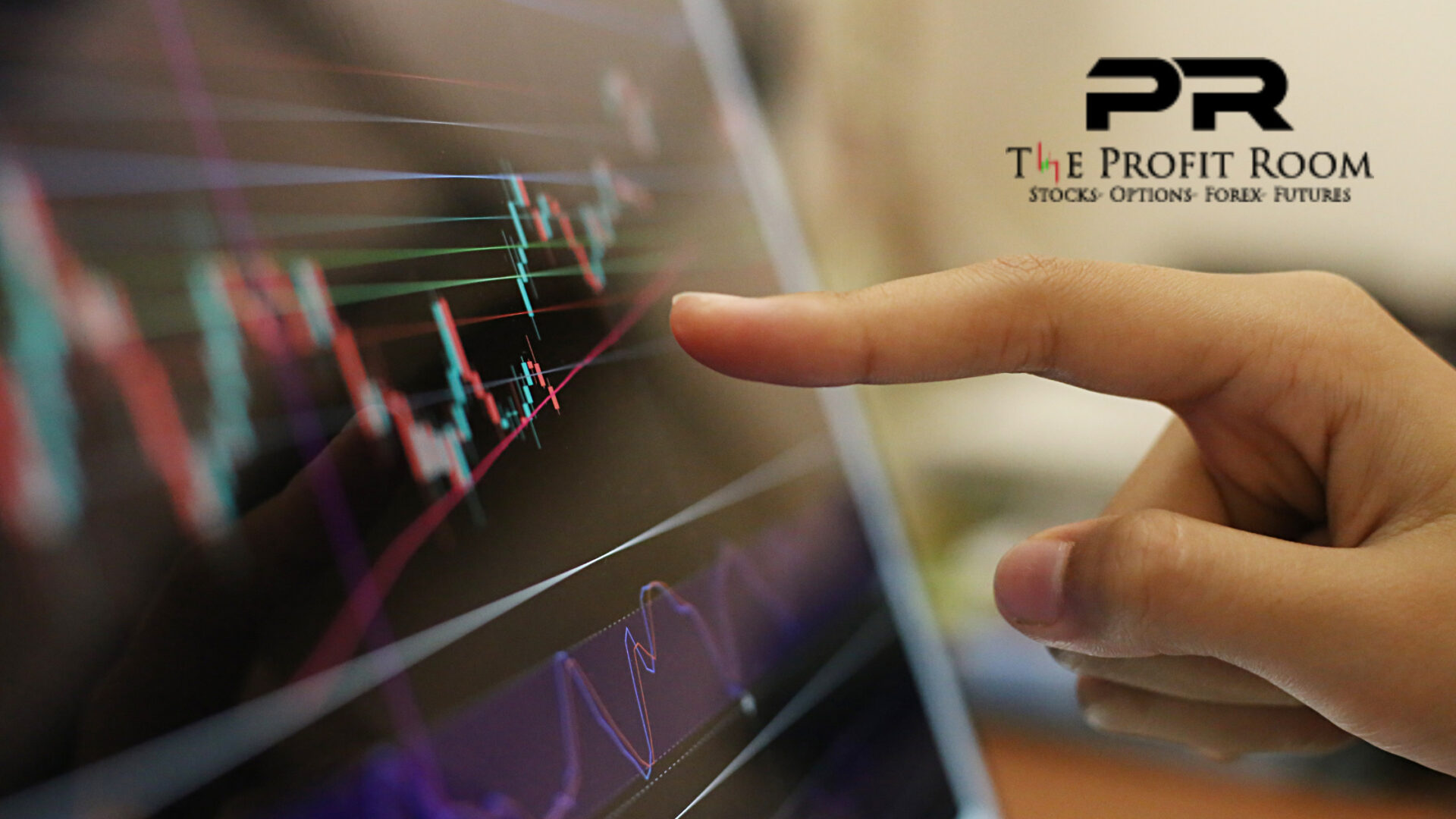Trading Futures is an investment strategy that involves speculating on the future price of stocks and commodities. It can be a lucrative form of investing, but also carries with it a certain amount of risk. In this article, we will explore what Trading Futures are, how they work, and the potential risks and rewards associated with them. We’ll cover topics such as what types of assets can be traded in futures contracts, different types of orders used in trading futures, margin requirements for trading futures contracts, strategies for managing risk when trading futures and more. Lastly, we’ll discuss the advantages and disadvantages to consider before investing in Trading Futures.
What is Trading Futures and How Does it Work
Trading Futures is a form of derivative trading that allows investors to speculate on the future price of assets such as stocks, commodities, currencies and indices. To trade futures, an investor must buy or sell a contract at a predetermined price for a specific delivery date in the future.
When Trading Futures contracts, each trader must decide which assets to buy or sell, and when to enter and exit their positions. Trading Futures also requires margin requirements, meaning that a trader must put up a certain amount of funds in order to open the position.
Different types of Trading Orders are used for Trading Futures contracts, such as Market Order, Limit Order, Stop Order, and Stop Limit Order. Market orders are executed immediately at the best available price, limit orders set a maximum or minimum price for the trade to be executed, stop orders trigger a trade when a certain price has been achieved, and stop limit orders allow traders to set an upper or lower limit on their trades before they are triggered.
Strategies for Managing Risk When Trading Futures
Strategies for Trading Futures and Managing Risk involve diversifying a portfolio, setting appropriate stop-loss orders, understanding margin requirements and leveraging the power of technology. Diversification allows investors to spread risk over various assets, reducing the likelihood of major losses in any one asset.
Setting stop-loss orders can help limit losses in the event of an unexpected market turn. Trading Futures also requires margin requirements, meaning that a trader must put up a certain amount of funds before opening a position.
Finally, leveraging technology is key to Trading Futures as it helps investors identify which assets are more likely to increase or decrease in value and make informed decisions about when to enter and exit Trading Futures contracts.
In order to value Trading Futures contracts, investors use pricing models such as the Black-Scholes Model or the Binomial Pricing Model. These models use historical data to estimate the future prices of assets and calculate potential profits or losses from Trading Futures.
Before investing in Trading Futures, it’s important to consider the advantages and disadvantages of Trading Futures. While Trading Futures can provide investors with a lucrative form of investing, it also carries with it a certain amount of risk. It is important for investors to understand the potential risks associated with Trading Futures contracts before they invest in them.
Advantages and Disadvantages of Investing in Trading Futures
Advantages of Trading Futures
One of the main advantages to Trading Futures is that it can offer investors an opportunity to make a high return on their investment. Trading Futures contracts allow investors to speculate on the future price of an asset and potentially profit if they are correct in their prediction. Trading Futures also provides investors with a way to diversify their portfolio and hedge against potential losses.
Disadvantages of Trading Futures
The primary disadvantage to Trading Futures is that it carries a high degree of risk. Trading Futures also requires investors to understand margin requirements and the different Trading Orders associated with Trading Futures contracts. Lastly, Trading Futures requires investors to have a thorough understanding of pricing models in order to value Trading Futures contracts.
Trading Futures can be a great way to diversify your portfolio and potentially increase returns on investments. However, Trading Futures also carries with it a certain degree of risk that should not be overlooked. Before investing in Trading Futures contracts, investors must understand the potential risks associated with Trading Futures as well as margin requirements and Trading Orders. Additionally, having an understanding of pricing models such as the Black-Scholes Model or Binomial Pricing Model is essential for valuing Trading Futures contracts correctly. By following these guidelines and exercising caution when entering into any Trade Future contract, you may find yourself reaping rewards from this lucrative form of investment!




